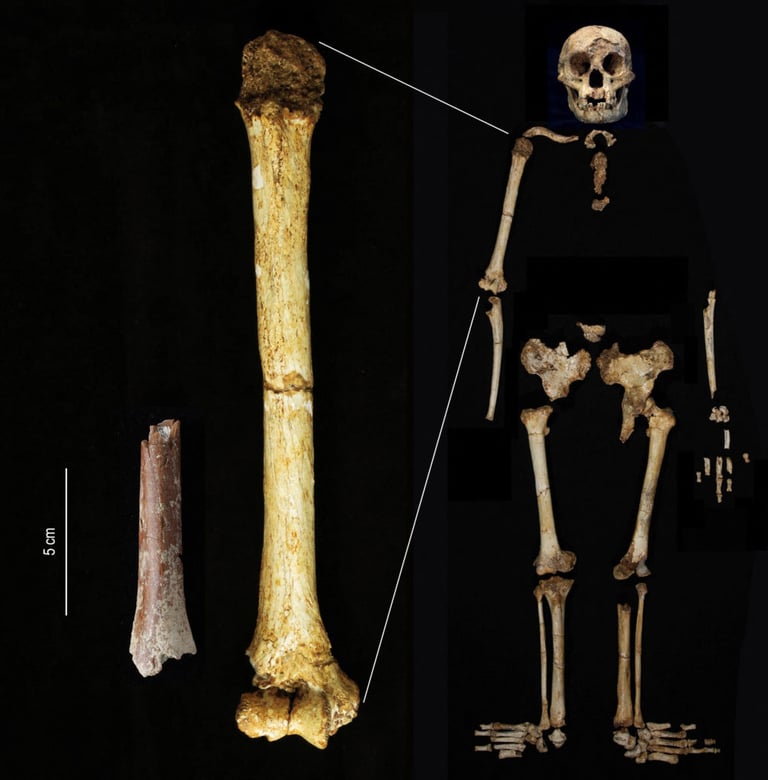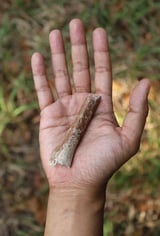700,000-Year-Old 'Hobbit' Fossils Reveal Surprising Evolutionary Path on Flores Island
August 6, 2024
The recent discovery of fossils, estimated to be around 700,000 years old, sheds light on the evolution of Homo floresiensis, often referred to as 'Hobbits.'
Led by Professor Yousuke Kaifu, the study reports the finding of three additional fossils from Mata Menge, including the first postcranial element, a distal shaft of an adult humerus.
Digital microscopy confirmed that this small humerus belonged to an adult, with an estimated height of about 100 cm, which is shorter than previously estimated heights for Homo floresiensis.
These new fossils were discovered at the Mata Menge site, located 75 km east of Liang Bua, and are believed to pre-date the Liang Bua specimens by approximately 650,000 years.
Professor Chris Stringer emphasized the importance of tracking the evolution of a single lineage over time for future research.
Kaifu noted that the rapid emergence of a new body type highlights the varied pathways of human evolution, suggesting alternative developmental outcomes beyond intelligence.
The phenomenon of island dwarfism may explain the small size of these hominins, as they lived on an island with limited resources.
The findings indicate that the evolutionary history of the Flores hominins involves significant body size reduction over time, likely starting with early Asian Homo erectus becoming isolated on Flores.
Kaifu speculated that island natural selection may have favored smaller body sizes due to the absence of large predators like lions and tigers.
These findings challenge the perception of humans being unique in their evolutionary paths, demonstrating that they are also subject to natural selection like other animals.
The study's findings were published in the journal Nature Communications, highlighting the unexpected discovery of smaller individuals.
Summary based on 18 sources
Get a daily email with more Science stories
Sources

The New York Times • Aug 6, 2024
Scientists Find Arm Bone of Ancient ‘Hobbit’ Human
The Guardian • Aug 6, 2024
‘Hobbit’ bone from tiny species of ancient humans found on Indonesian island
Nature • Aug 6, 2024
Tiny arm bone belonged to smallest ancient human ever found
Yahoo News • Aug 6, 2024
Fossils suggest even smaller ‘hobbits’ roamed an Indonesian island 700,000 years ago